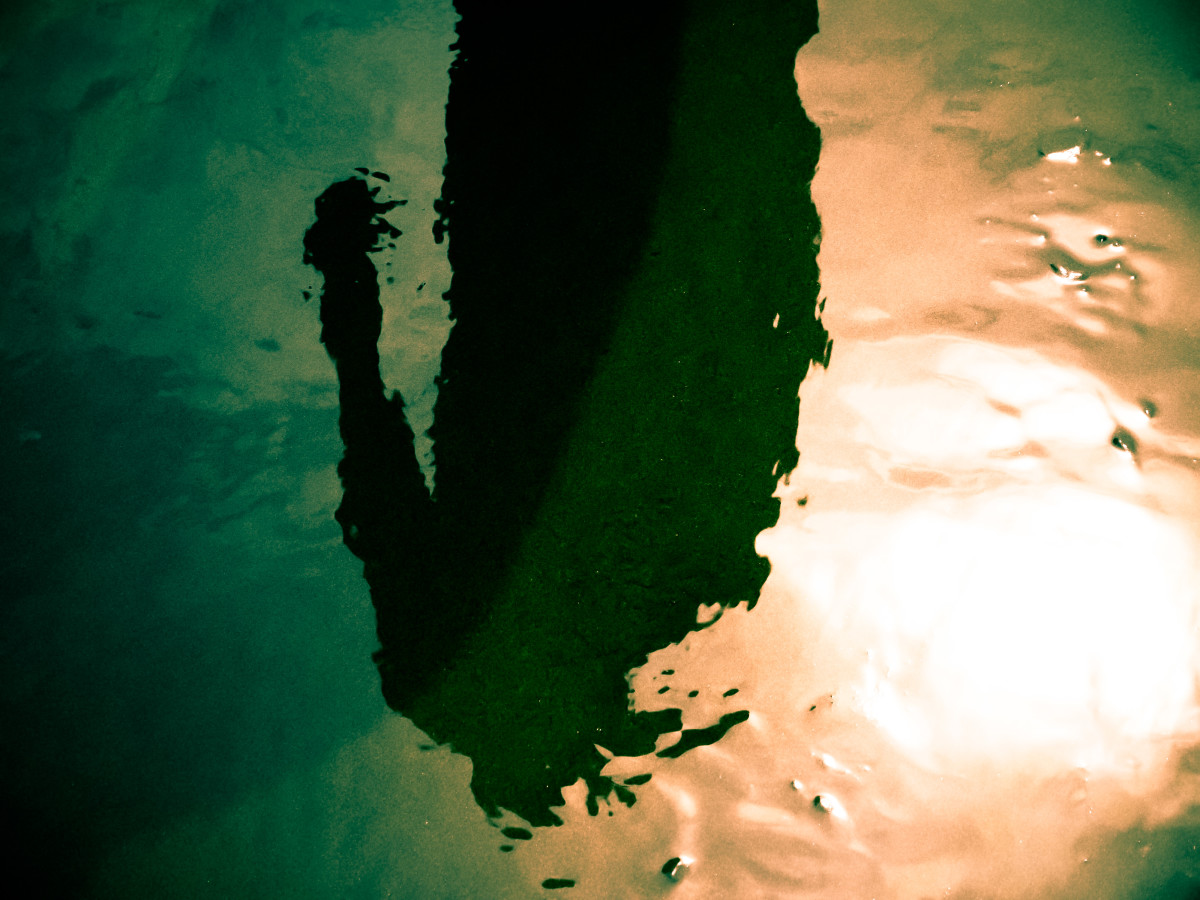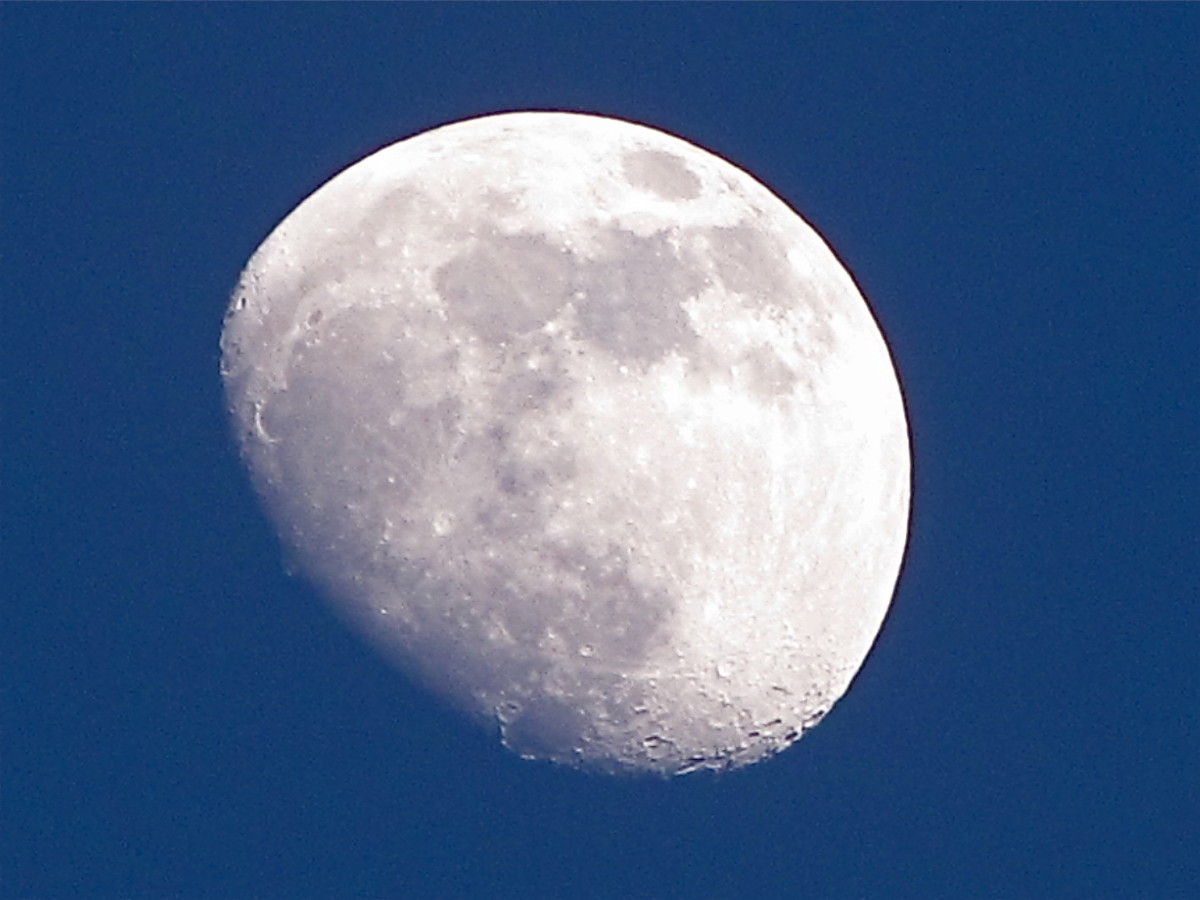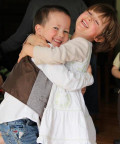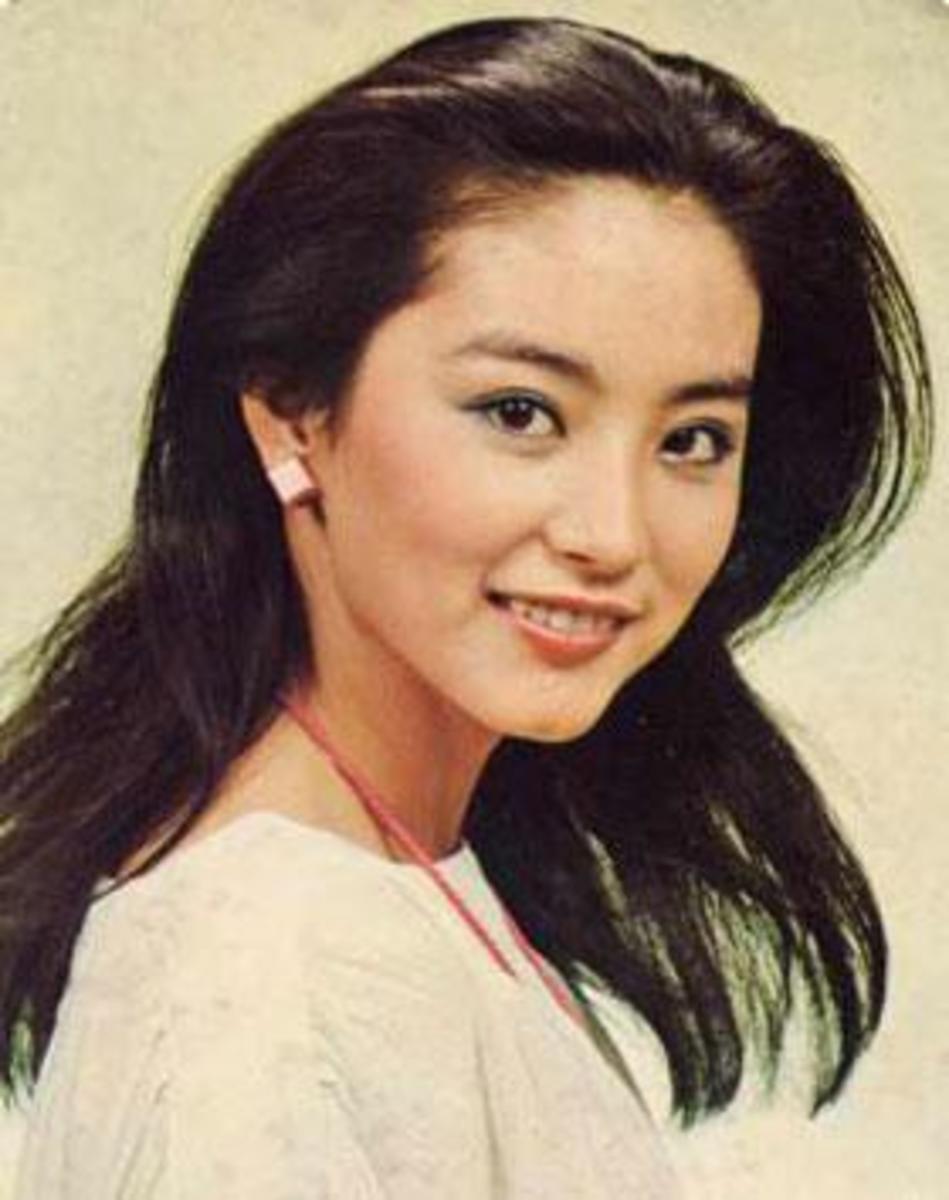How to Photograph Better Profiles
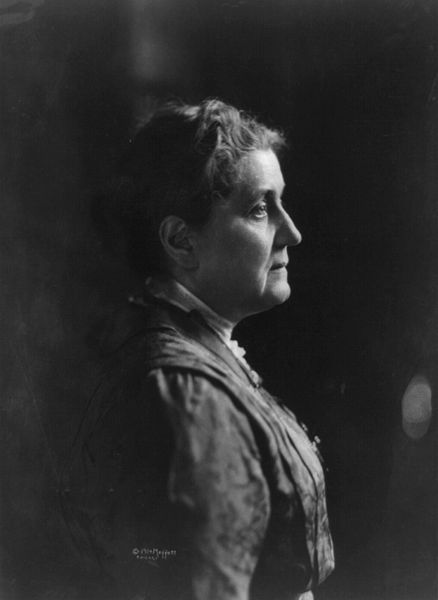
For profile pictures color is the norm and this is evident when you look at a woman's profile of her neck for example if using it in a perfume advertising campaign. Yet other profiles are used to show character such as a "strong" nose, a "strong" chin, a large forehead and so on.
However some profiles will benefit by being done in black and white since the focus is on the shape and not the color.
If you take a look at some old profile photographs of important people you will notice how often a profile was used instead of a frontal view.
The pose of the subject is also important. Seldom will you see a profile photograph where the subject is smiling. Instead most will show a person that seems deeply involve in some serous thinking or meditation. This is a good technique to emulate.
A regular pose with mouth in a normal position instead of showing a full smile gives more credence to the character part and a smile will sometimes look odd when seen in a side view as if the person were opening the mouth in order to swallow something.
Most photographs taken of an object or a person and even of animal life usually show the front of it. rarely do they show a side view. Yet profile can be used to make very interesting pictures so long as they clearly show what the subject is.
"a. A side view of an object or structure, especially of the human head.b. A representation of an object or structure seen from the side. See Synonyms at form.2. An outline of an object. See Synonyms at outline." http://www.thefreedictionary.com/profile
Profile pictures are not to be confused with silhouette photographs since silhouettes only show the shape of the subject and usually do not include any details of it while profiles show the shape yet they also include other details.
Therefore the two techniques are similar yet different. In profile pictures the photographer has to shine enough light on the subject so that details are visible. The same technique that is used for taking a regular portrait applies with this technique.
Why take a profile picture when you can take a front facing one? Profiles will show viewers other views that are not regularly emphasized and can often give a detailed description of the composure of the subject or in architectural work, the thinking behind the design.
As opposed to frontal portraits, profile pictures benefit from showing more than just the side view of the face. It is often better to include other details of the subject so that the audience can get a sense of what the person does such as being a writer sitting with paper and other writing wares of the trade, an artist next to what is used in the art , a politician or likewise any other other important details that clearly gives the viewer more information about your particular subject matter.
Remember that most profiles are used as a character study and not so much as to be a simple representation of the subject.
Approach your profile photographs much the same way; a study of character rather than photography.
You need to determine how to pose your subject, what light placement will serve the scene best, what details to include and what details to exclude and then prepare or set up the shot with the same attention to detail and technique care as you would a full frontal view.
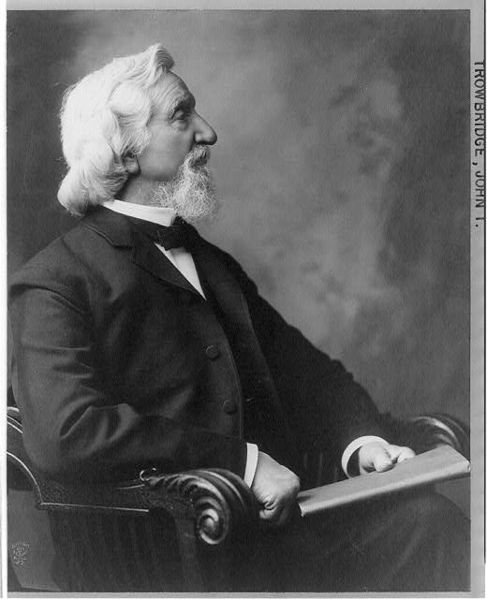
Just because you are shooting a side view of any subject does not mean that the photograph must be exclusively of the side. Often a shot will benefit by having the subject turn a bit towards the camera or in the case of static subjects like a building or an animal, moving yourself to obtain a better angle.
Be careful when doping this variation especially if by having the subject turn you exposed it to possible unflattering angles. This is especially true for people and not much for other subject matter.
Attention to the background has to be kept in check since a side views offers somewhat of a limited view of the subject and including distracting element in the background can make the scene seem confusing or worst, the subject's view may be lost among the other elements placed or included withing the scene.
Choosing a backdrop that is plain or that you can exclude with your gear by using a shallow depth of filed for example, is better than wanting to include every piece of photographic information on the shot.
Why is this technique used to show character?
Sometimes the only way that a complete understating of the subject or better yet, the full beauty of it, is possible is through a profile picture.
For example in the image of the sulfur crested cockatoo, the yellow crest would have been lost or barely visible if the photograph would have been taken of the front of the bird. Instead by showing a profile view of it the full vibrant color of the crest is clearly visible thus giving more information about this particular species.
Lets say that you take a front view of a building. The image can show how nice the building is, how tall it is and how many floors it actually has. By combining this front view with a profile one, then the full scope of the size and dimensions are more prevalent and the audience can better appreciate the full magnificence of it.
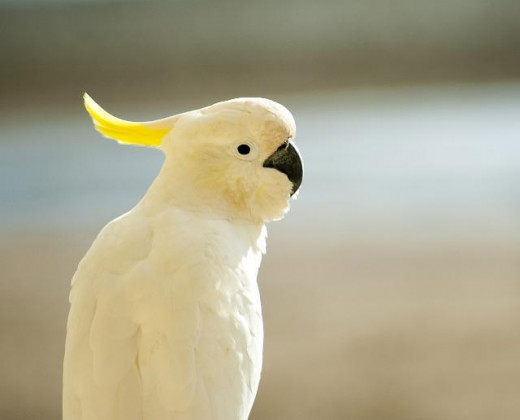

The only differences between shooting profiles views of people, architecture or animals are which lens you use, although for people the light plays a more important role.
For people a regular prime 55 mm lens will do, for architecture a tilt shift or medium zoom is often enough and for wild life a long zoom is almost a must.
If you were to capture images of a cheetah or lion crouching or running after its prey and these views were taken from the front of the animal you will see details of the face and how concentrated they are in finishing the job. But by taking a profile of the same creatures you will now be able to see details in the muscles and how graciously they run as well as showing a sense of movement and speed.
In essence you are capturing the thrill of the chase and giving a different perspective and feeling of the scene as it evolves. By using both techniques you paint a more complete picture.
Another useful aspect of taking profiles of wild life is that since they are not looking at you; the photographer, they tend to be more relaxed and their true beauty is more readily apparent that if they were concentrated on your presence thus having a more tense or nervously cautious stance towards your presence.
Nature photographers always look for a more natural stance rather than any other pose.
Their shots look more natural than for example shots taken at the zoo when the animals are clearly aware of the photographer and this is usually true no matter how used the animals are to the presence of people.
Aim for a natural, relaxed pose when working with live subjects whether people or animals and off course this does not matter when photographing buildings or other static, man made subjects.
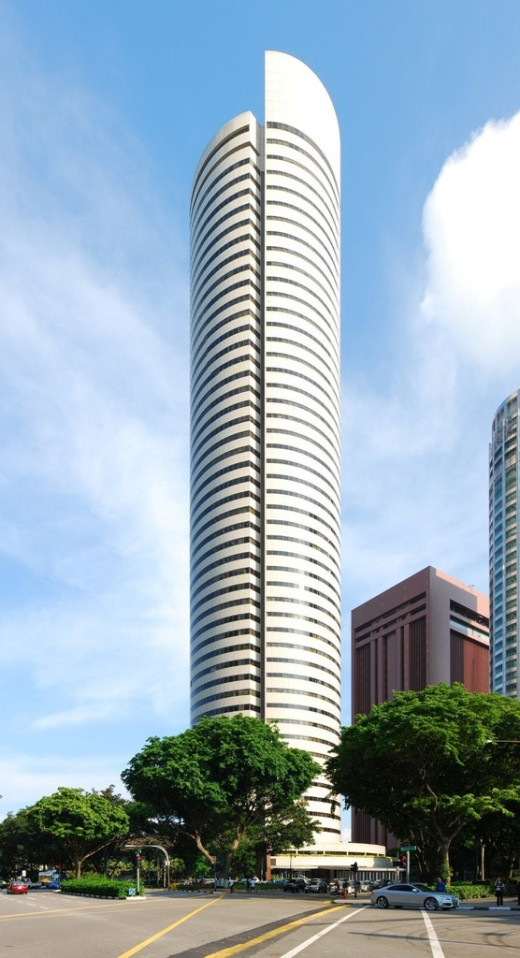
- Portrait Photography Tips
Are you interested in improving your portrait photography? Here’s a a few of the most popular Portrait Photography Tips from our archives. 22 Portrait Photography Tips Read more: http://digital-photography-school.com/portrait-photography-tips#ixzz2
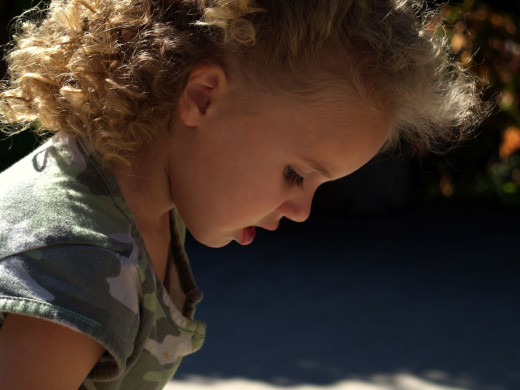
© 2013 Luis E Gonzalez



